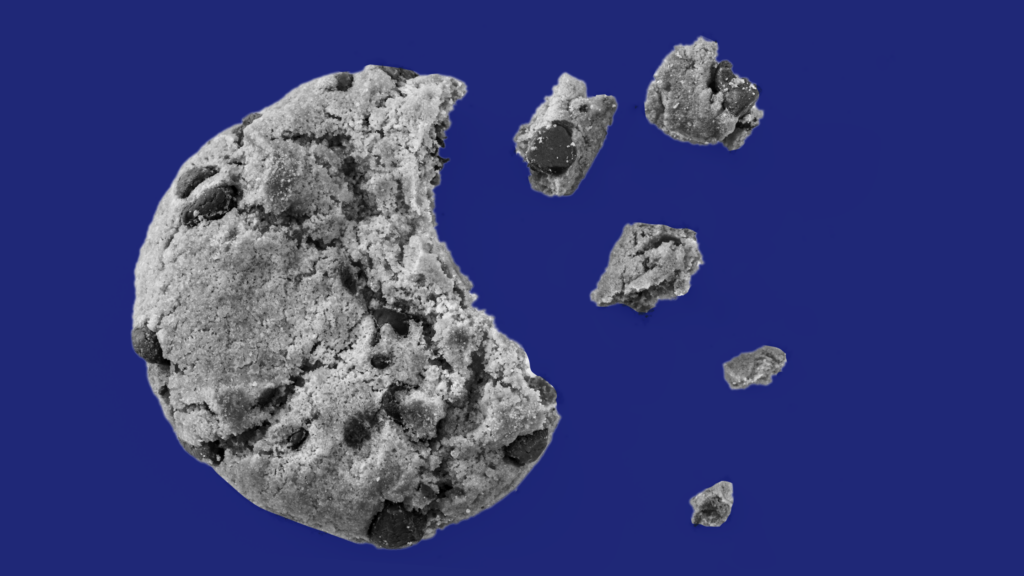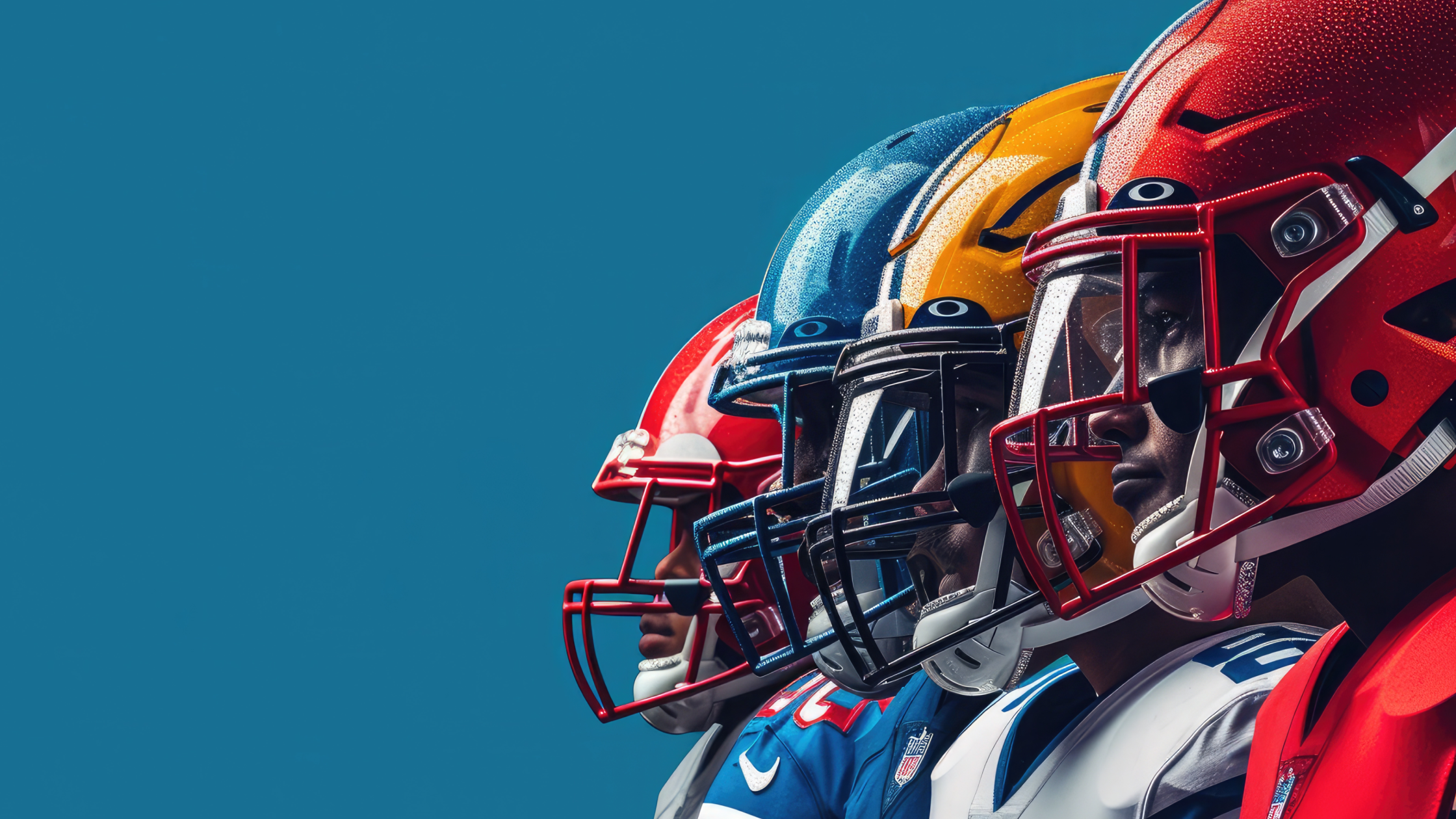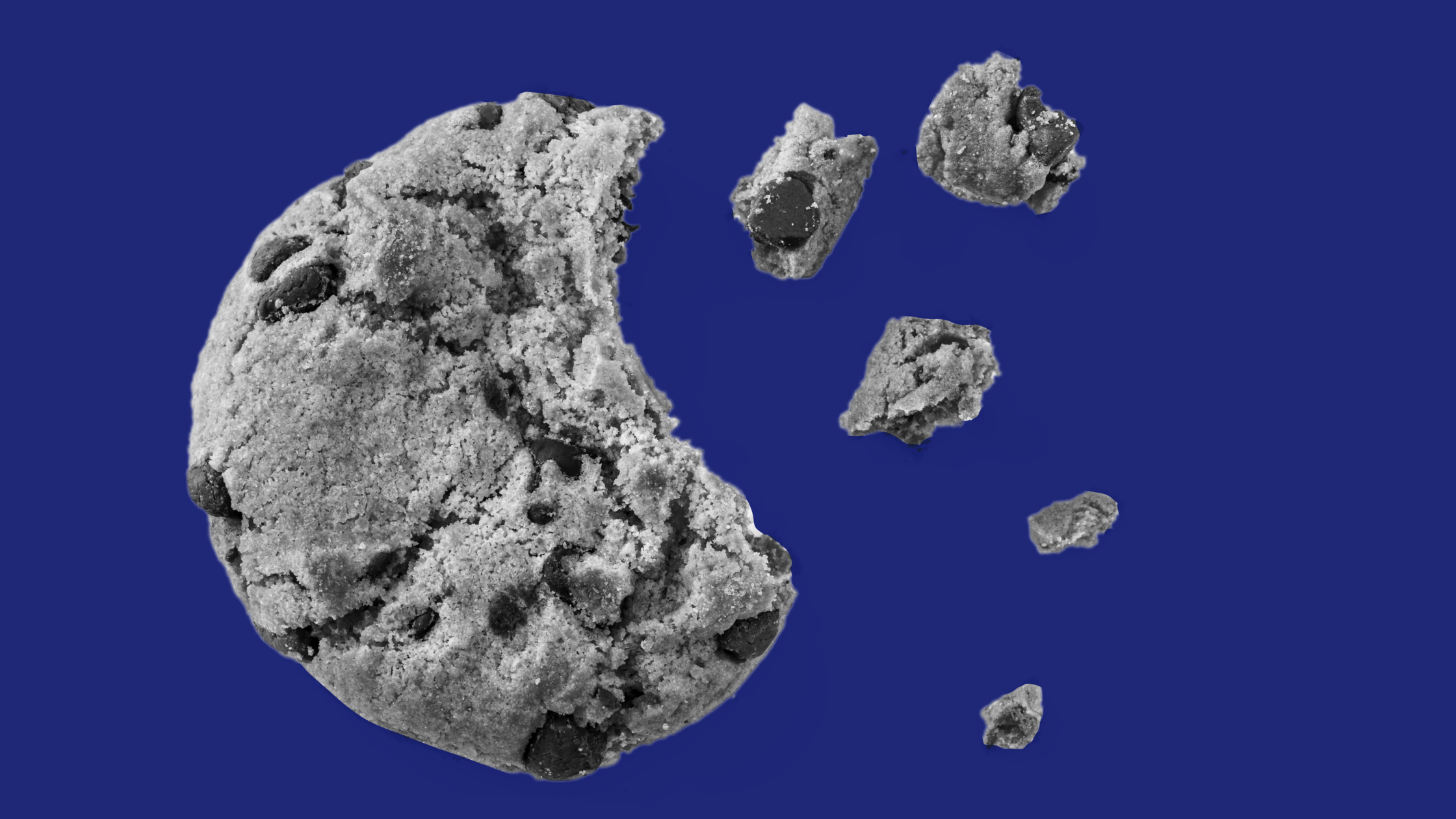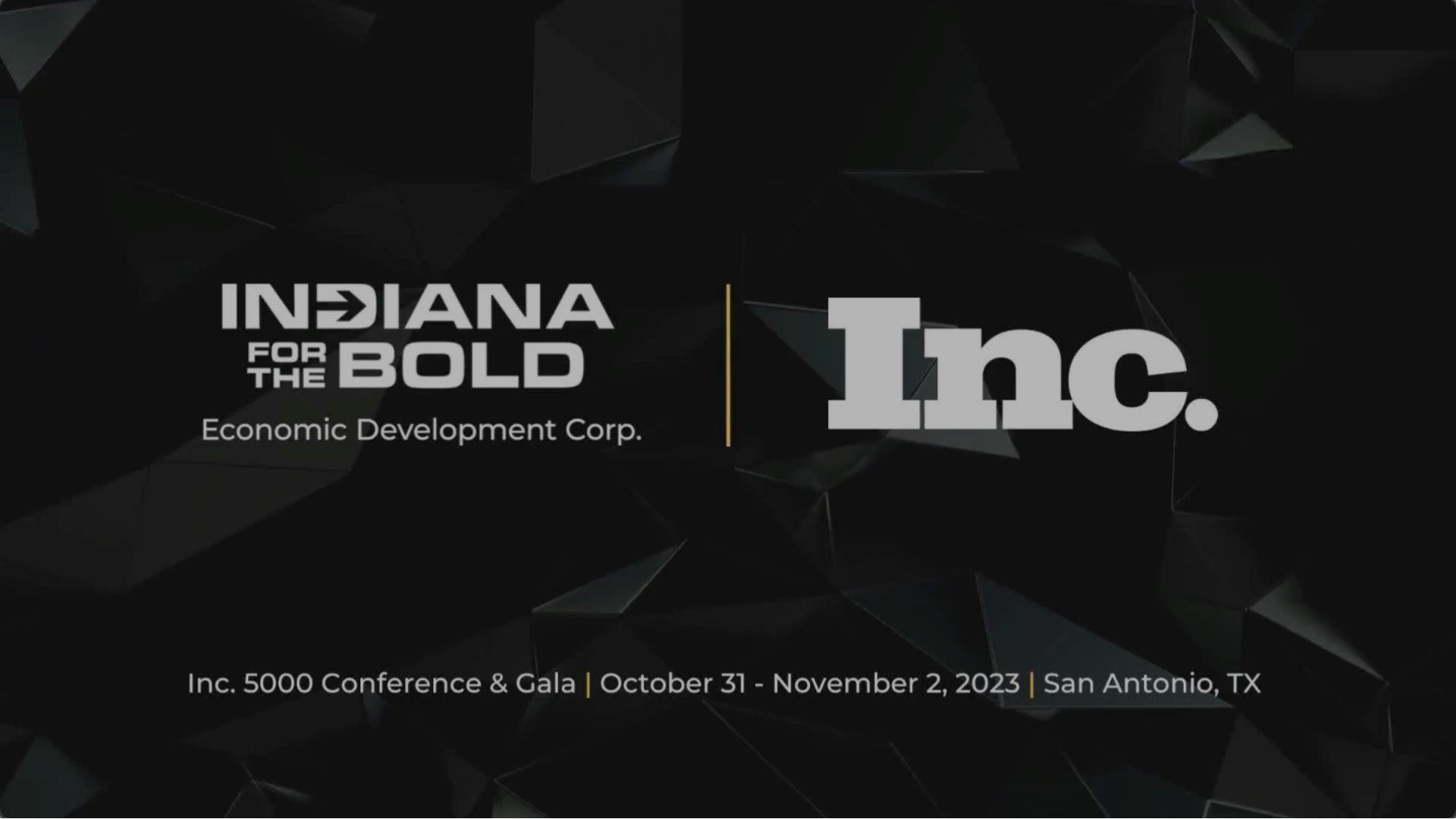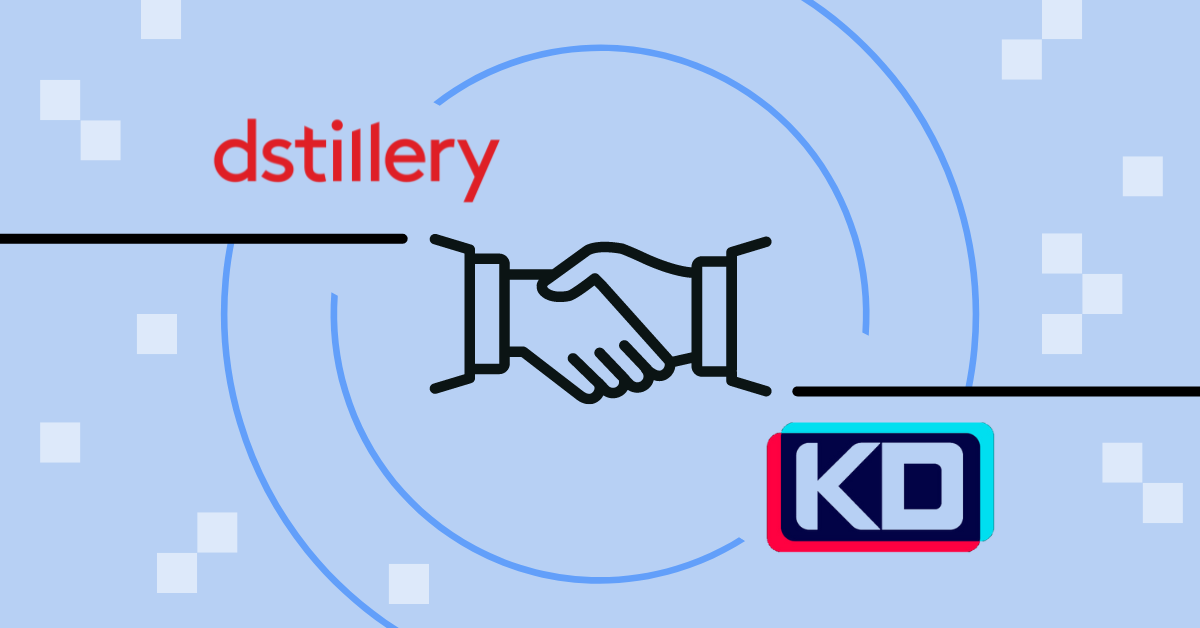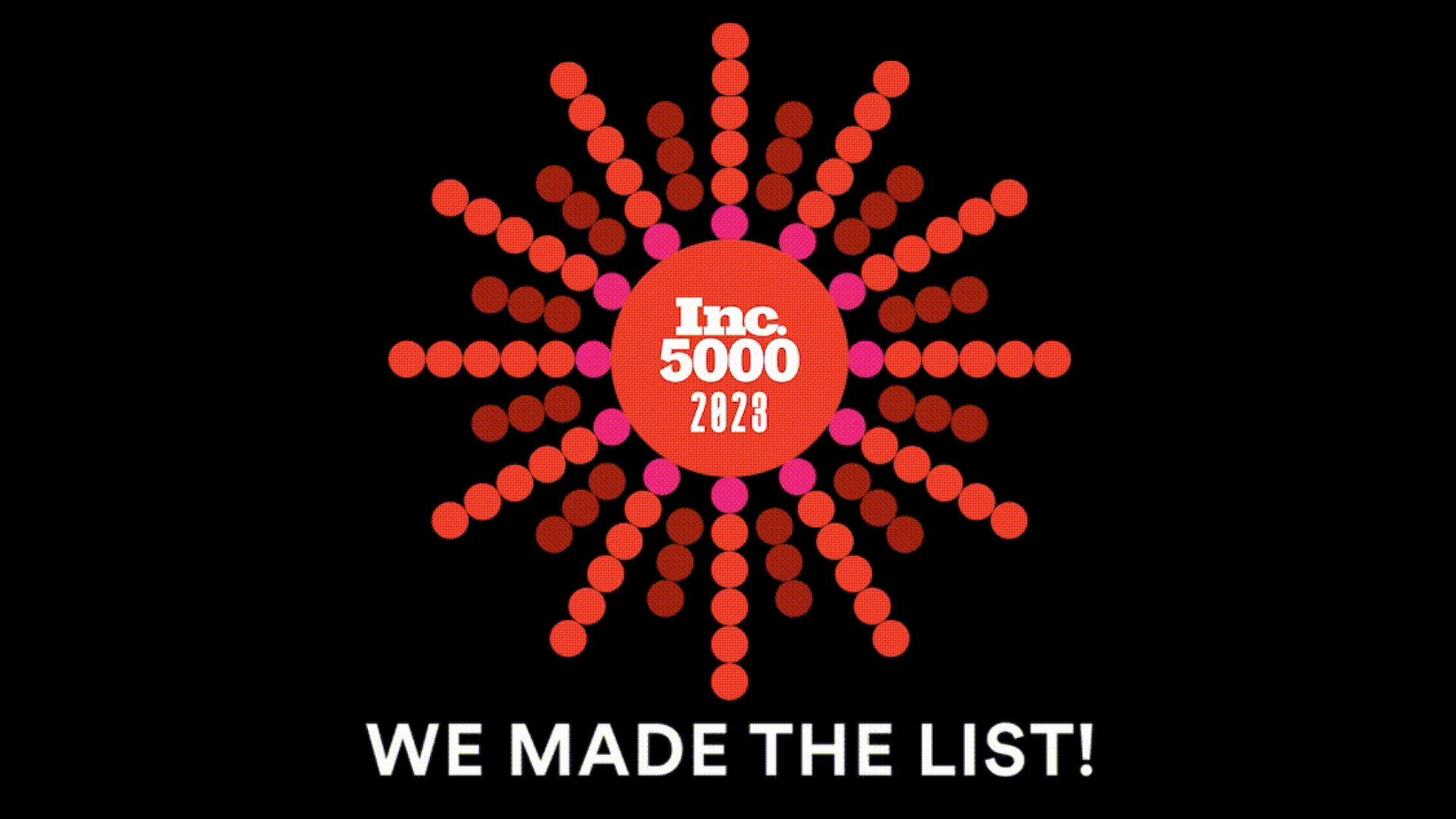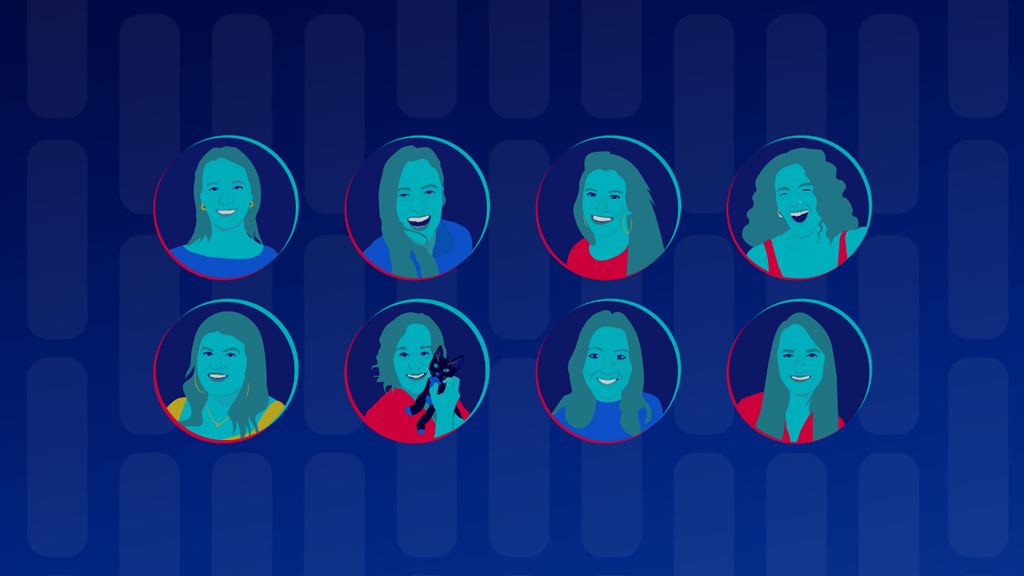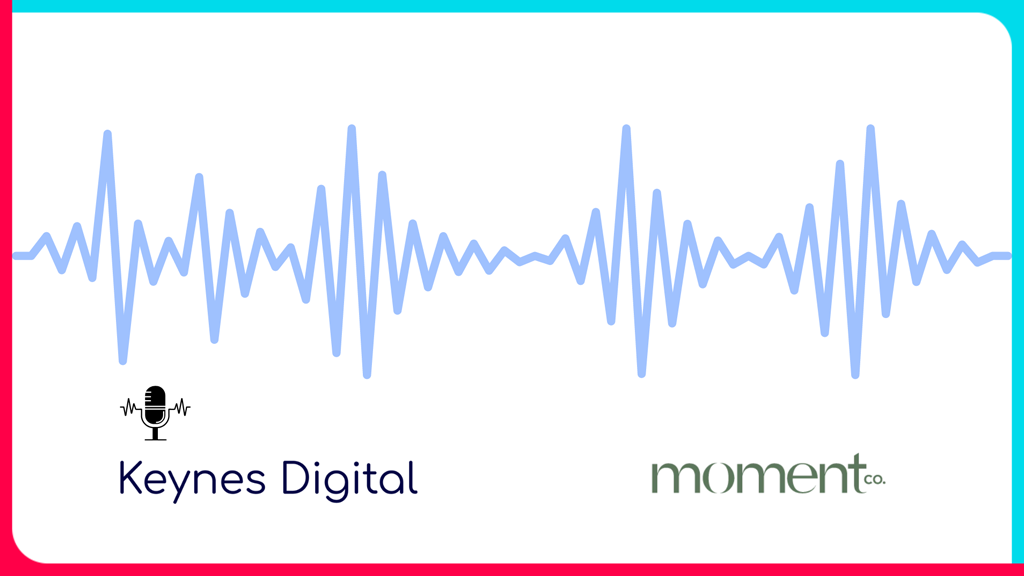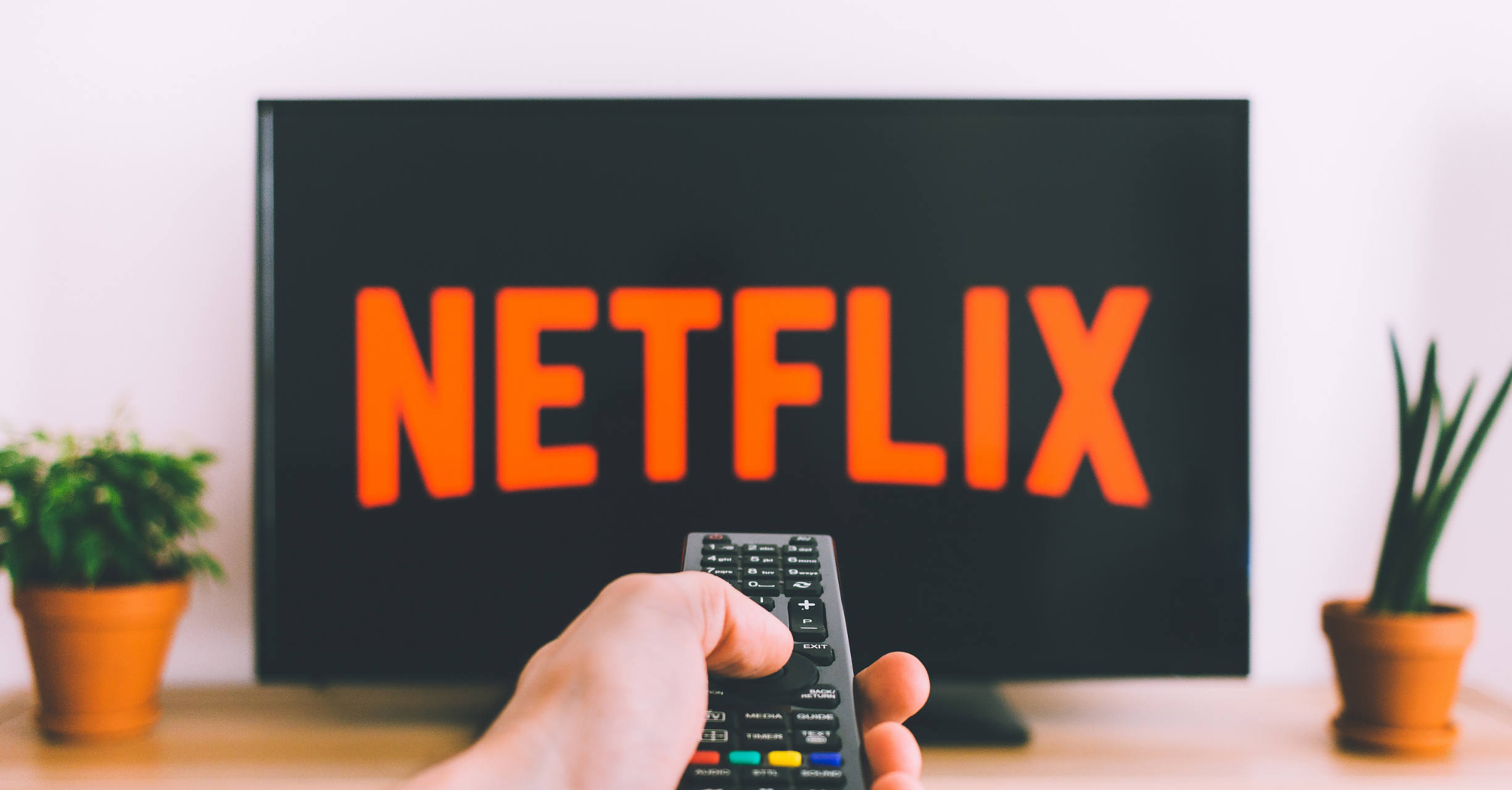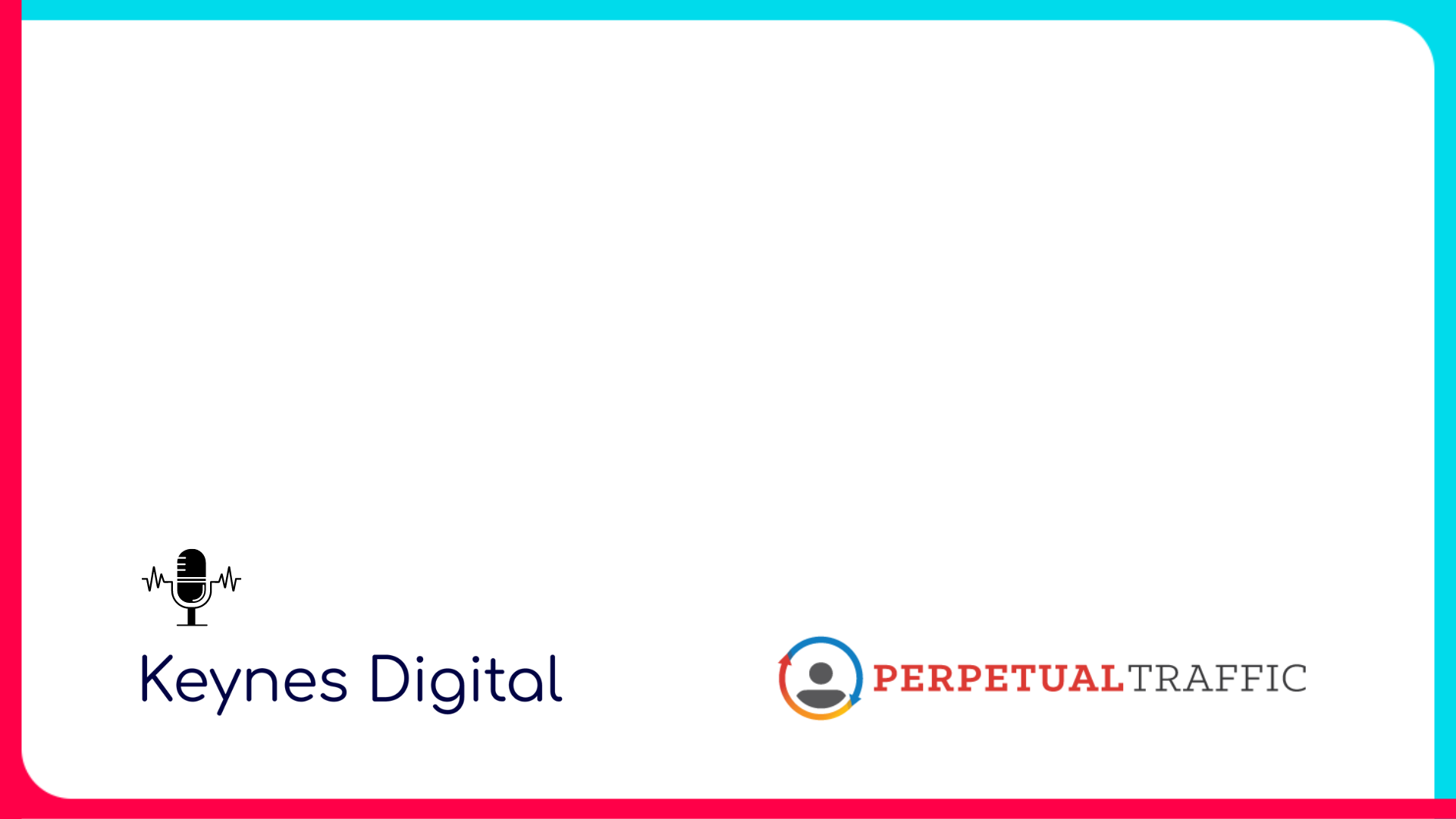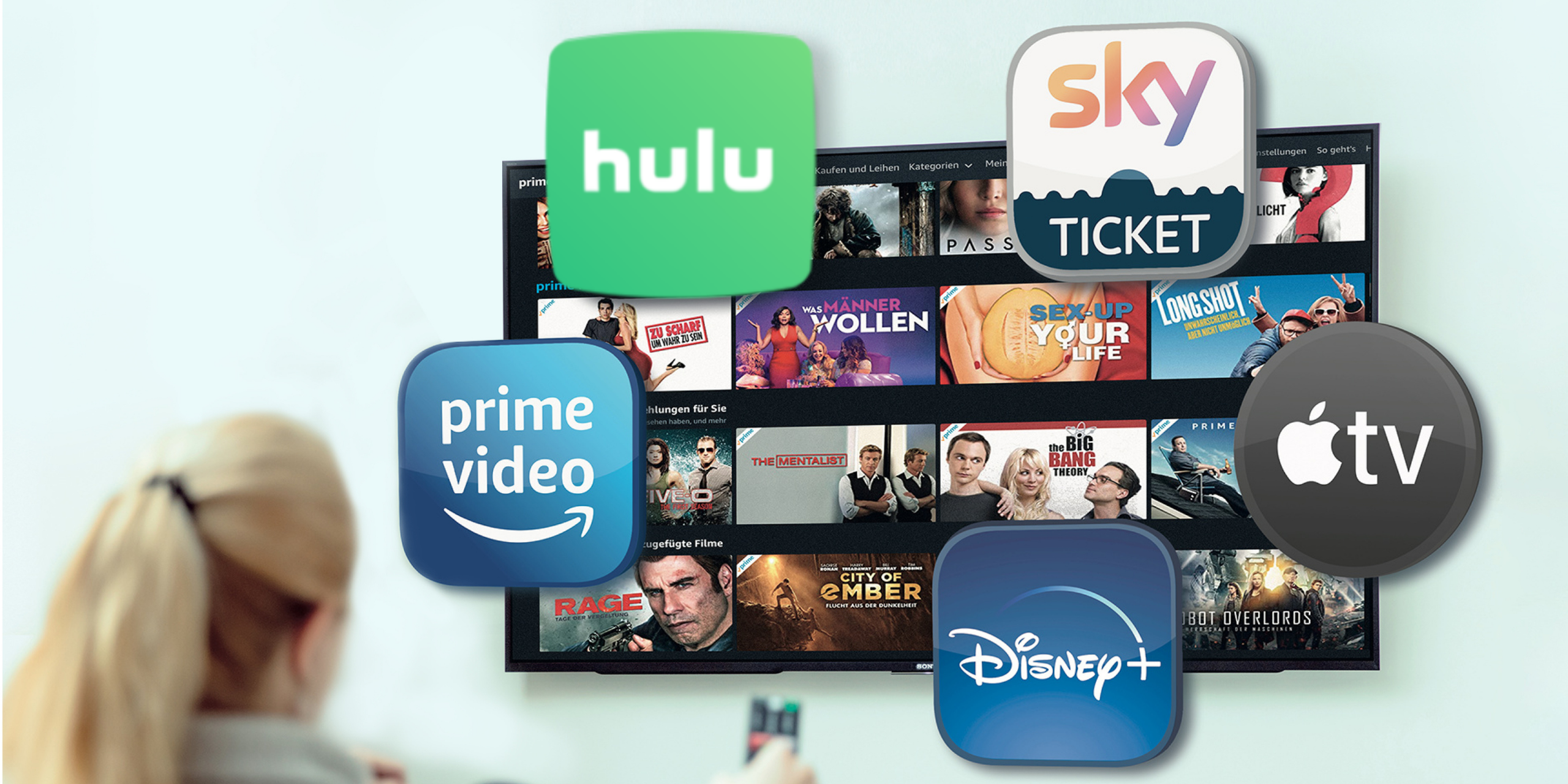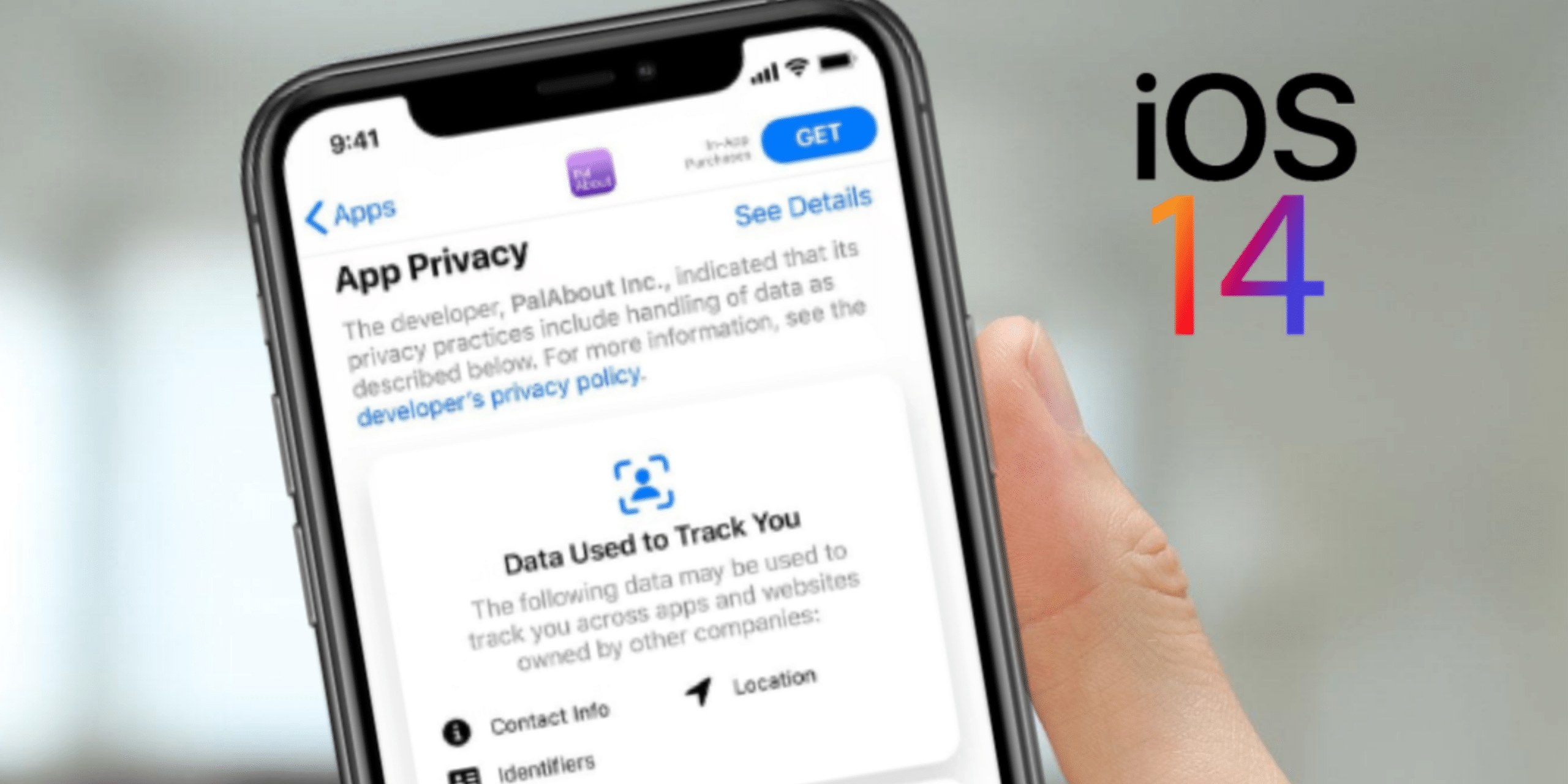Time is on your side
Cookies are not ending with one giant “click” of a switch, but rather a slow dimmer. Google has started with a one-percent deprecation and is planning to be at 100% over the second half of the year. We’re highly skeptical they’ll reach their projection. Why?
Advertising is Google’s main source of revenue. Between 2017-2022, ad sales were responsible for 80% of the company’s earnings. This revenue stream would take a major hit if they prioritize cookie-cutting over earnings. There will be a decrease in cookies, but we predict it’ll stay under 20%.
Greater transparency with an open Internet
A more open and safer Internet is in everyone’s future. Clean, raw data directly from users increases our accuracy in targeting and attribution modeling, which means better results.
You may often find marketers making unsubstantiated claims by inflating their cookie-based metrics. When a channel’s true value can’t be measured, not only does a client’s performance suffer, but their budget gets eaten up. Cookies are appealing because they are familiar, but as we move on without them the results have been just as sweet.
Collaborative CRM is key
Real meaningful customer relationships are at the heart of what we all do. As an industry, we must stand together. Advertisers, tech partners, and agencies benefit by working side by side. A more personally secure and open Internet focused on human interests and connectivity will yield better marketing opportunities for all.
We encourage advertisers, brands, and marketers to maintain clean CRM lists and upload them to partners using open Internet platforms like Unified ID 2.0, RAMP ID, and Core ID. A unified effort will create a database of verified email addresses that will serve as the new universal ID for us going forward.
Accept that collaboration is the best option and proactively reach out to fellow advertisers and partners. We all need to do our part to enhance the success of the open Internet to improve future targeting capabilities.
A promising cookie-free future
We’ve proven cookie-free media and identifiers keep our clients one step ahead. Here’s what’s working well for us:
- Cookie-free, highly effective, and more economical than traditional network ads. CTV gives great visibility to brands on streaming platforms that people we all binge-watch regularly. From the hottest shows to the most popular networks, CTV is the most powerful channel that’s right in step with modern viewers.
Contextual targeted ads
- The targeting here is happening without a user-based identifier. The strength of contextual is that you’re able to target users on content that’s relevant to them based on the list of words/phrases.
Data partners have moved on
- LiveRamp’s Ramp ID identifies pseudonymous email addresses and is a people-based identifier that isn’t reliant on third-party cookies or mobile IDs.
- The Trade Desk’s UID 2.0 is an open-source identity solution that prioritizes users’ privacy in the open Internet.
- Epsilon’s CoreID is based on first-party data that uses core deterministic data including name, email address, and postal address.
- The industry-leading cross-device companies we partner with (Adbrain, Liveramp, Tapad, and Oracle) also ingest alternative IDs like the above to start future-proofing both first and third-party data.
Change is coming, but the fundamental infrastructure for a zero-party future has been established and it’s only coming quicker and becoming more powerful. The sooner advertisers adapt, the better their brand and career will be positioned for what’s next.
Just because there won’t be any more cookies doesn’t mean we won’t be able to achieve some as sweet. Reach out to our consultants here to answer any questions you may have about the changes coming to the industry or learn about what you can do to keep up with the times.

